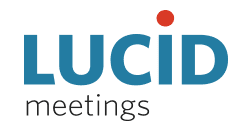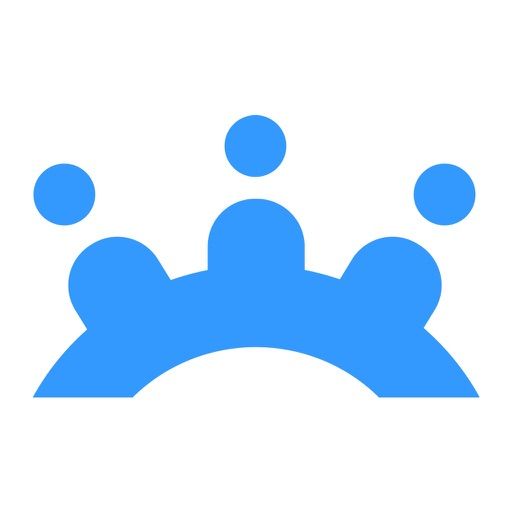
Smart Agenda Creation - With Adam.ai, users can create and share meeting agendas effectively. The software's smart agenda creation feature allows users to set clear objectives, define the scope of the meeting, and assign tasks to participants in advance.

Integration with Other Applications - Adam.ai allows users to integrate their meeting agendas with other productivity tools like Slack, Google Calendar, and Outlook. This feature facilitates seamless sharing and updating of agendas across different platforms.

AI-Powered Summarization - The software uses Artificial Intelligence to generate concise, accurate, and insightful meeting summaries. This feature aids in tracking the progress of the meeting objectives, decisions made, and tasks assigned.

Meeting Analytics - Adam.ai offers comprehensive meeting analytics. It tracks basic metrics like duration, frequency, and attendance, as well as more nuanced insights like performance against objectives, efficiency, and participation. These data-driven insights can help organizations improve their meeting effectiveness over time.

Actionable Meeting Minutes - With Adam.ai's feature of manageable meeting minutes, users can turn meeting decisions into actionable tasks, assign them to team members, and track their progress until completion. This helps in maintaining accountability and ensures that decisions made in meetings translate into action.

Limited Customization: While adam.ai provides a range of features, it may not offer sufficient options for customization to fully align with the specific workflow or operational needs of some organizations.

Usability Issues: Some users have raised issues with regard to the user interface, stating that it can be difficult to navigate and not as intuitive as desired. This can lead to reduced efficiency in managing agendas.

No Standalone Application: adam.ai does not have a standalone desktop application. This means users need to have an internet connection to access the platform, which might not be convenient for all users, particularly those on-the-go or in areas of weak internet connectivity.

Limited Integration Options: While adam.ai does provide some integration features, they are limited and may not suffice for organizations making extensive use of various other tools and software. Their system does not seamlessly integrate with a wide range of third party applications.

Absence of Advanced AI Features: Although adam.ai is AI-based, it doesn't leverage the advanced AI capabilities for data analysis or providing smart insights which are features commonly found in top-tier software. This could potentially limit the depth of understanding and decision-making based on the managed agendas.











